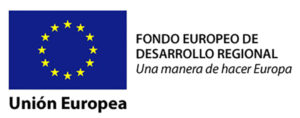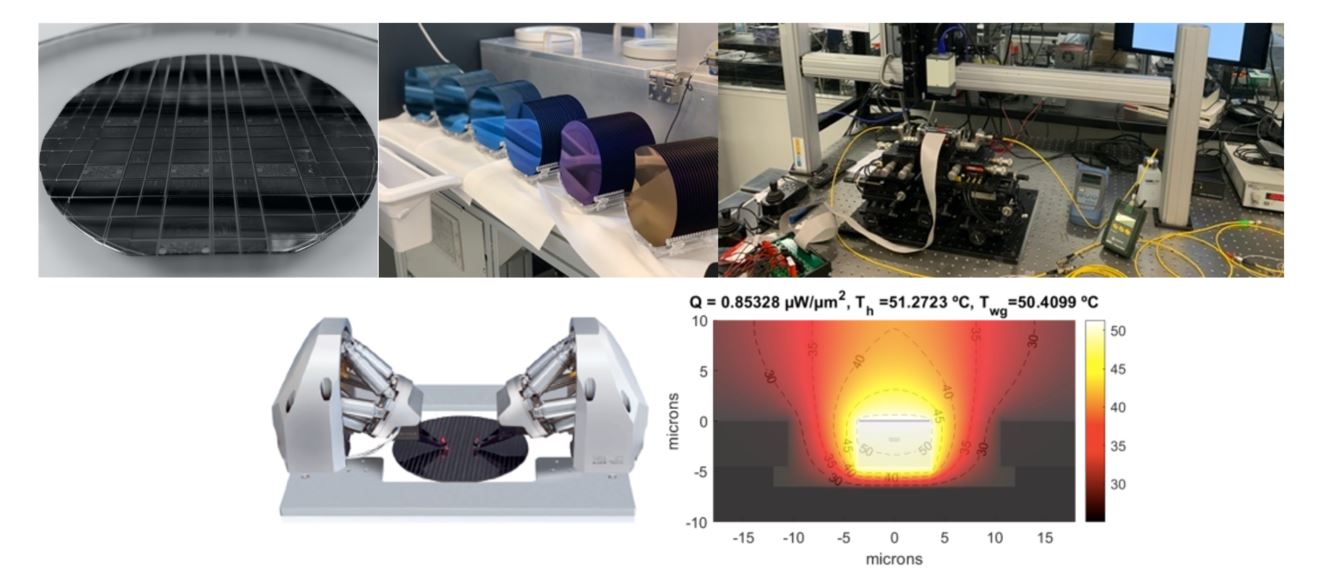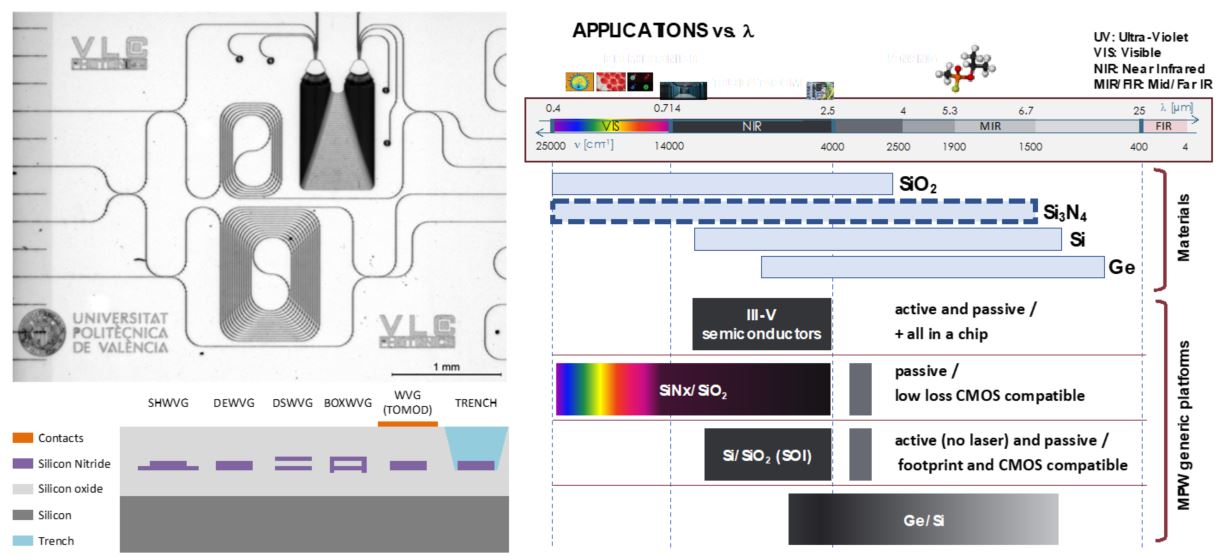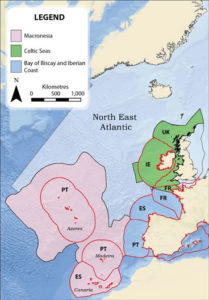VLC-5G: CAMPO DE PRUEBAS PILOTO, DESARROLLO Y DEMOSTRACION DE TECNOLOGIAS MOVILES DE 5ª GENERACION (5G) (IDIFEDER/2018/030)
VLC-CAMPUS-5G is the project to launch a 5G technology wireless communications platform on the campus of the Universitat Politècnica de València, which supports the testing of new 5G services and equipment and promotes Valencia as a 5G city. The VLC-CAMPUS-5G project is aligned with the evolution of mobile networks towards 5G, which will bring important developments and improvements not only in terms of capacity, latency, connection density, quality, and user experience, but also in terms of flexibility, efficiency, scalability, and openness of the networks, which will allow offering new services. The deployment of the VLC-CAMPUS-5G testbed is based on the expansion of the current communications infrastructures of the UPV, by the acquisition of the necessary equipment for the emission and experimental tests of 5th generation mobile services. There is currently an ultra-dense network of femtocells configured within a private operating network, a 5G network core emulator, as well as software-configured radio units and various equipment and software licenses that together configure a network 5G laboratory. This project is co-financed by the European Union through the operational program of the European Regional Development Fund (FEDER) of the Comunitat Valenciana 2014-2020.









 Risk-based Approaches to Good Environmental Status (RAGES) is a two-year European project which aims to support the development and operational implementation of regional indicators, lists of elements and threshold values and integration rules for Good Environmental Status. The RAGES project is comprised of a consortium made up of competent authorities from Ireland, France, Spain and Portugal with (regional and sub-regional) responsibility for the implementation of the
Risk-based Approaches to Good Environmental Status (RAGES) is a two-year European project which aims to support the development and operational implementation of regional indicators, lists of elements and threshold values and integration rules for Good Environmental Status. The RAGES project is comprised of a consortium made up of competent authorities from Ireland, France, Spain and Portugal with (regional and sub-regional) responsibility for the implementation of the 